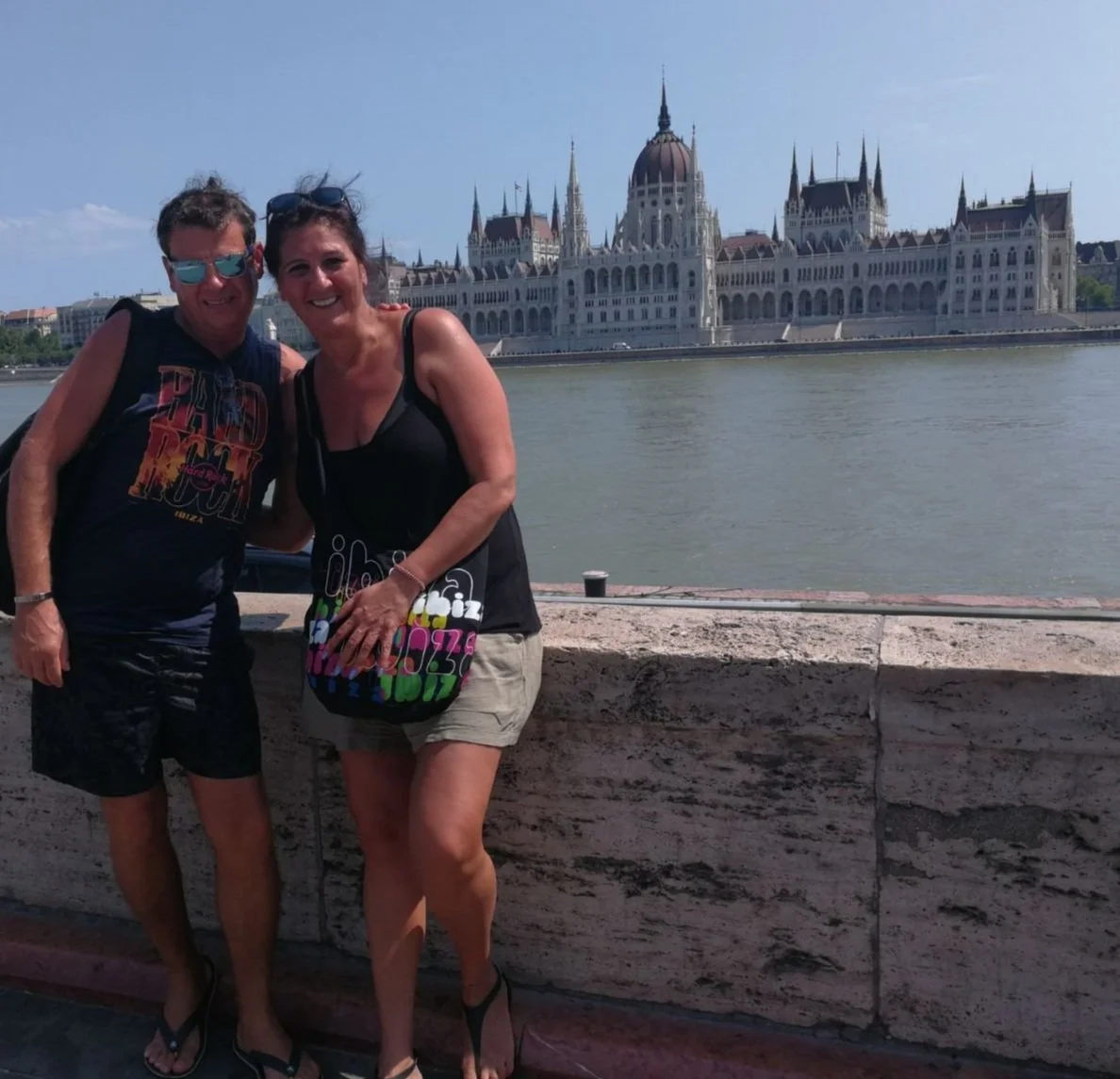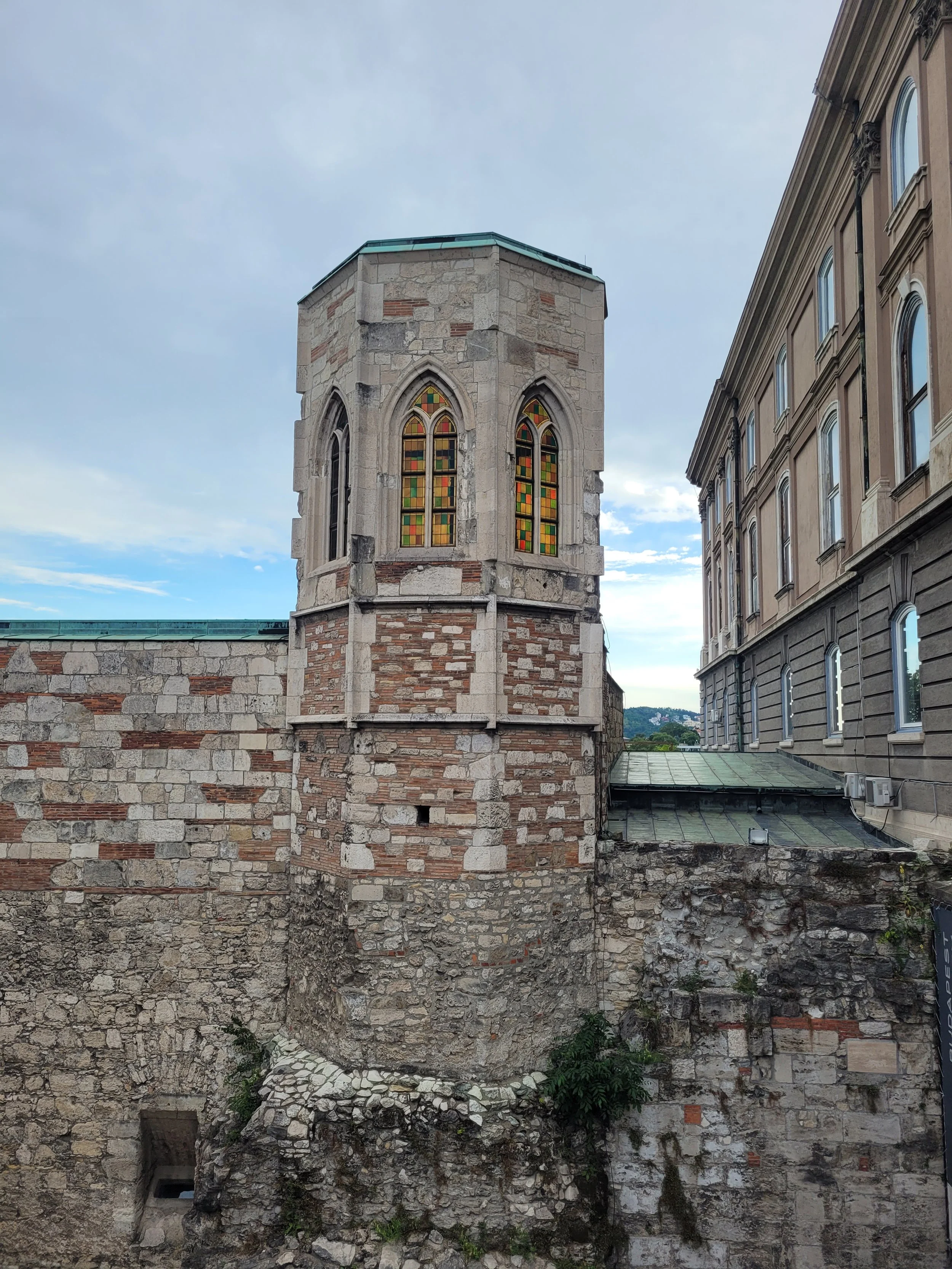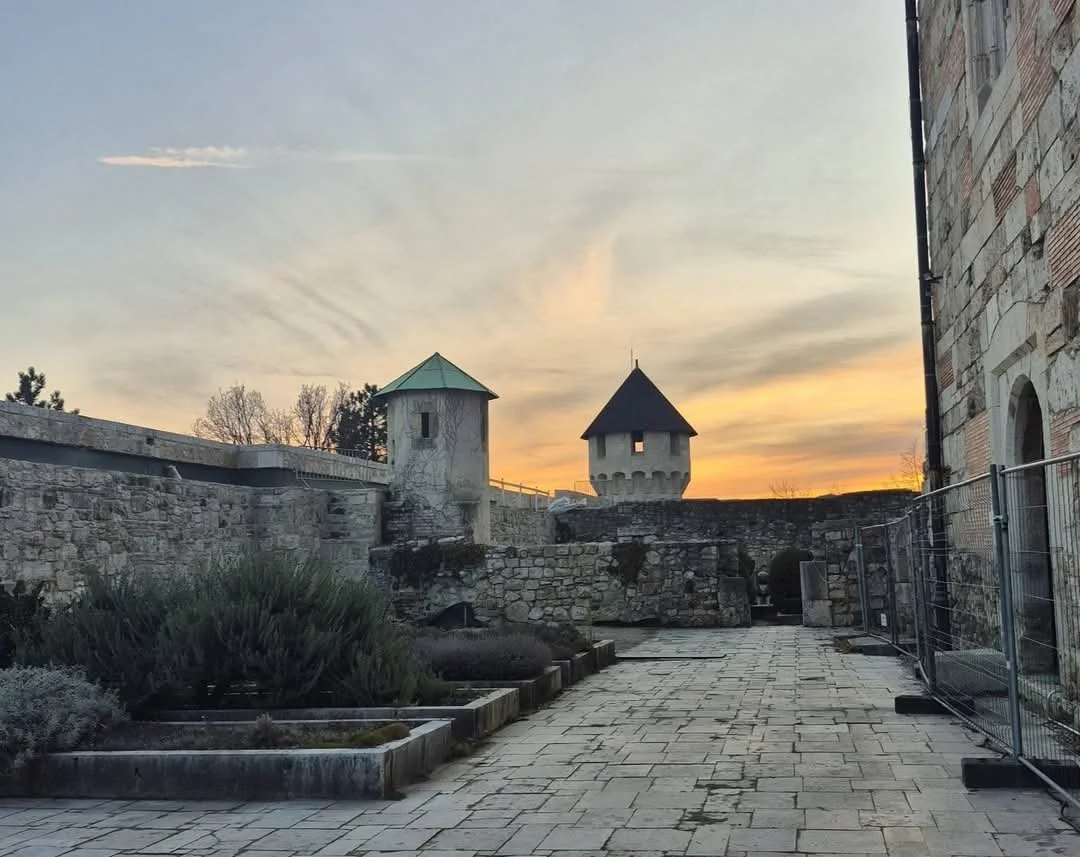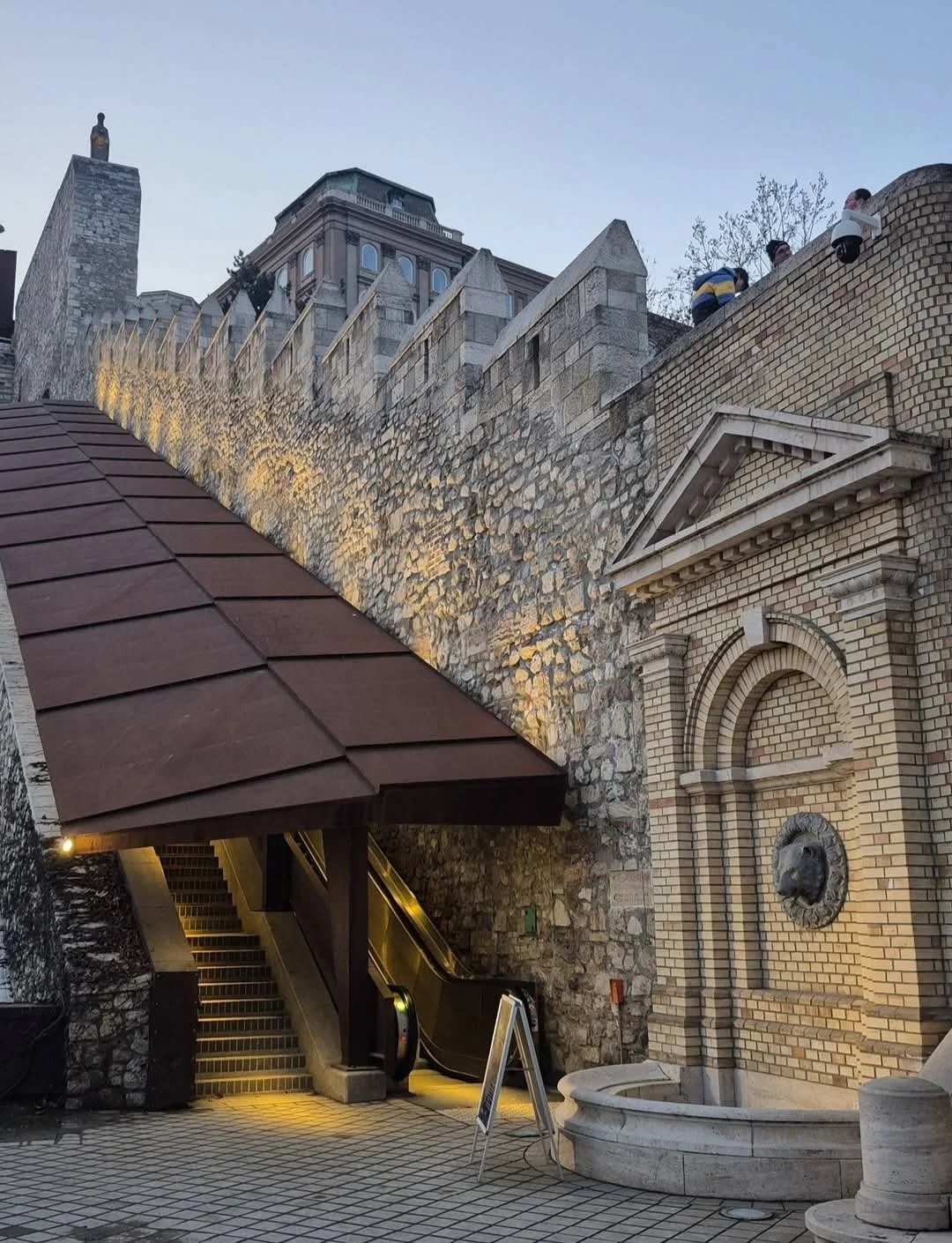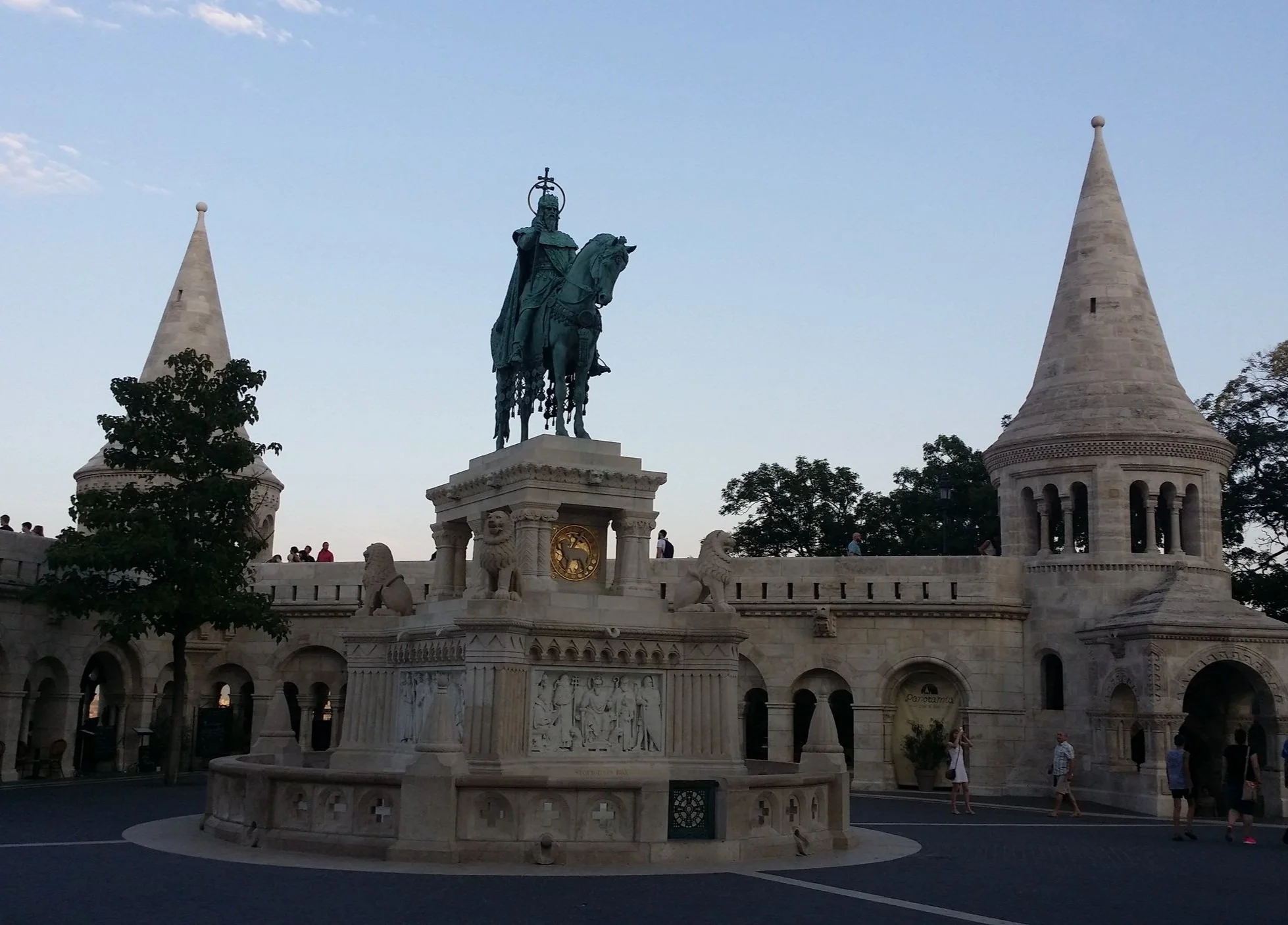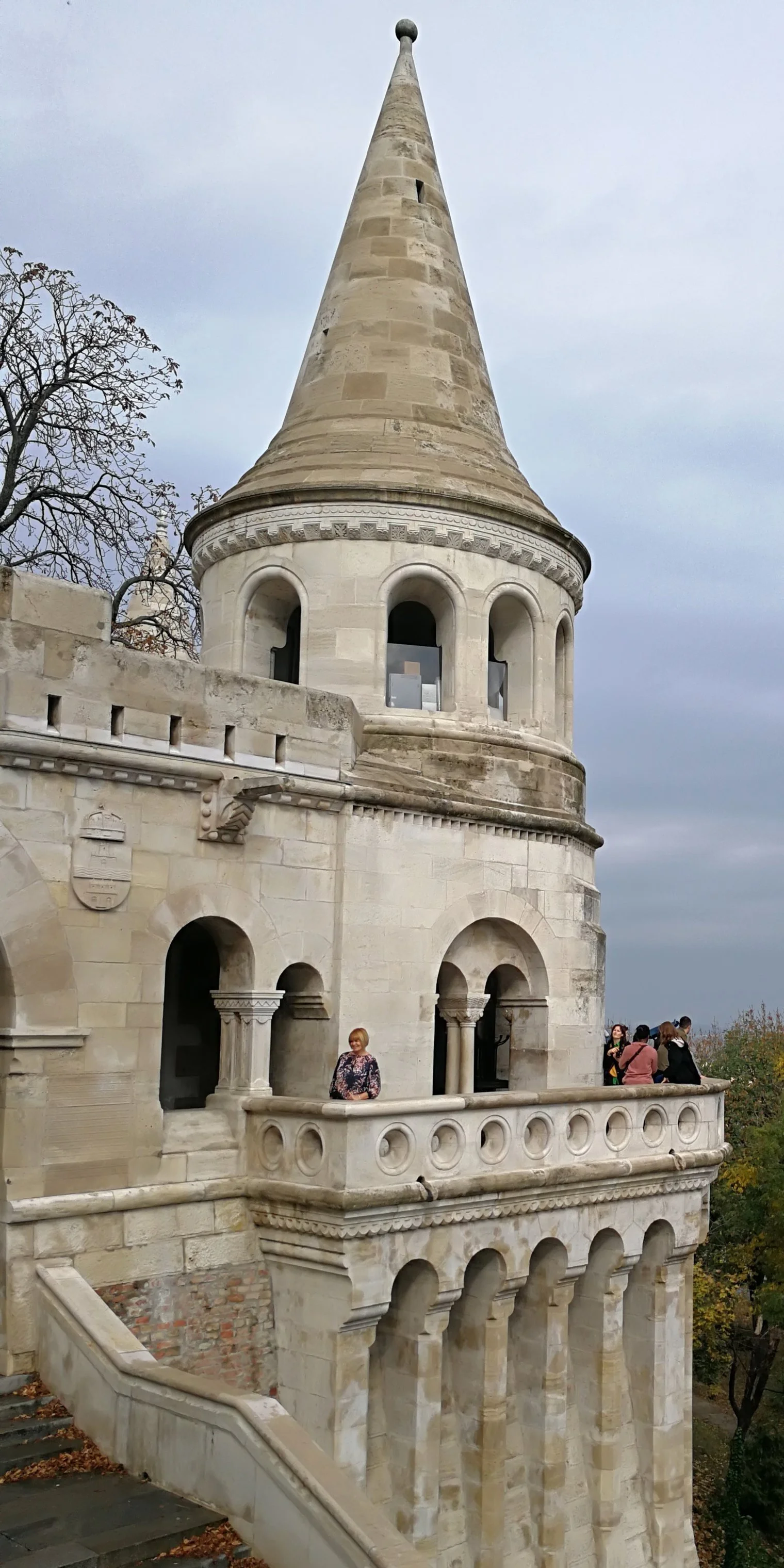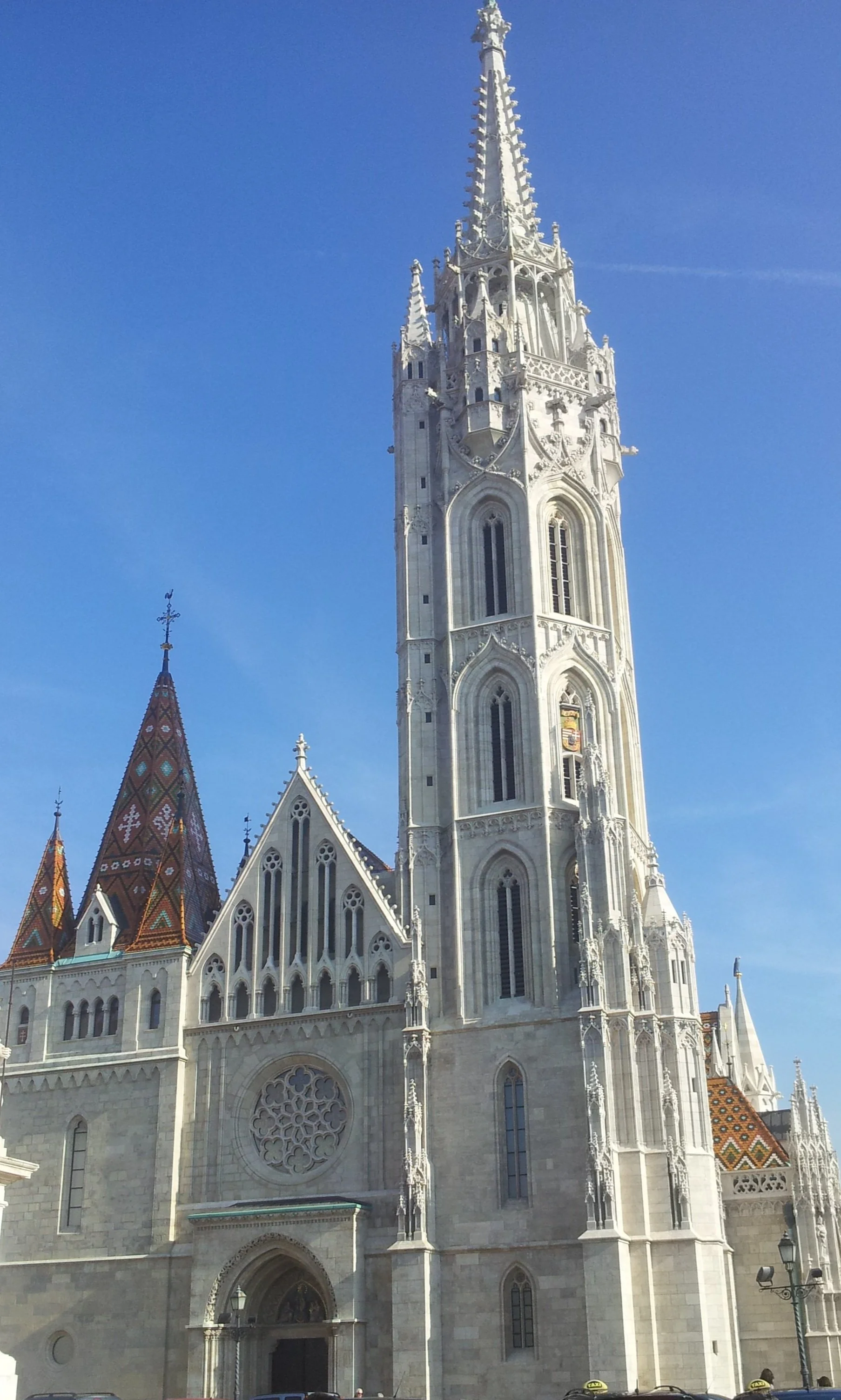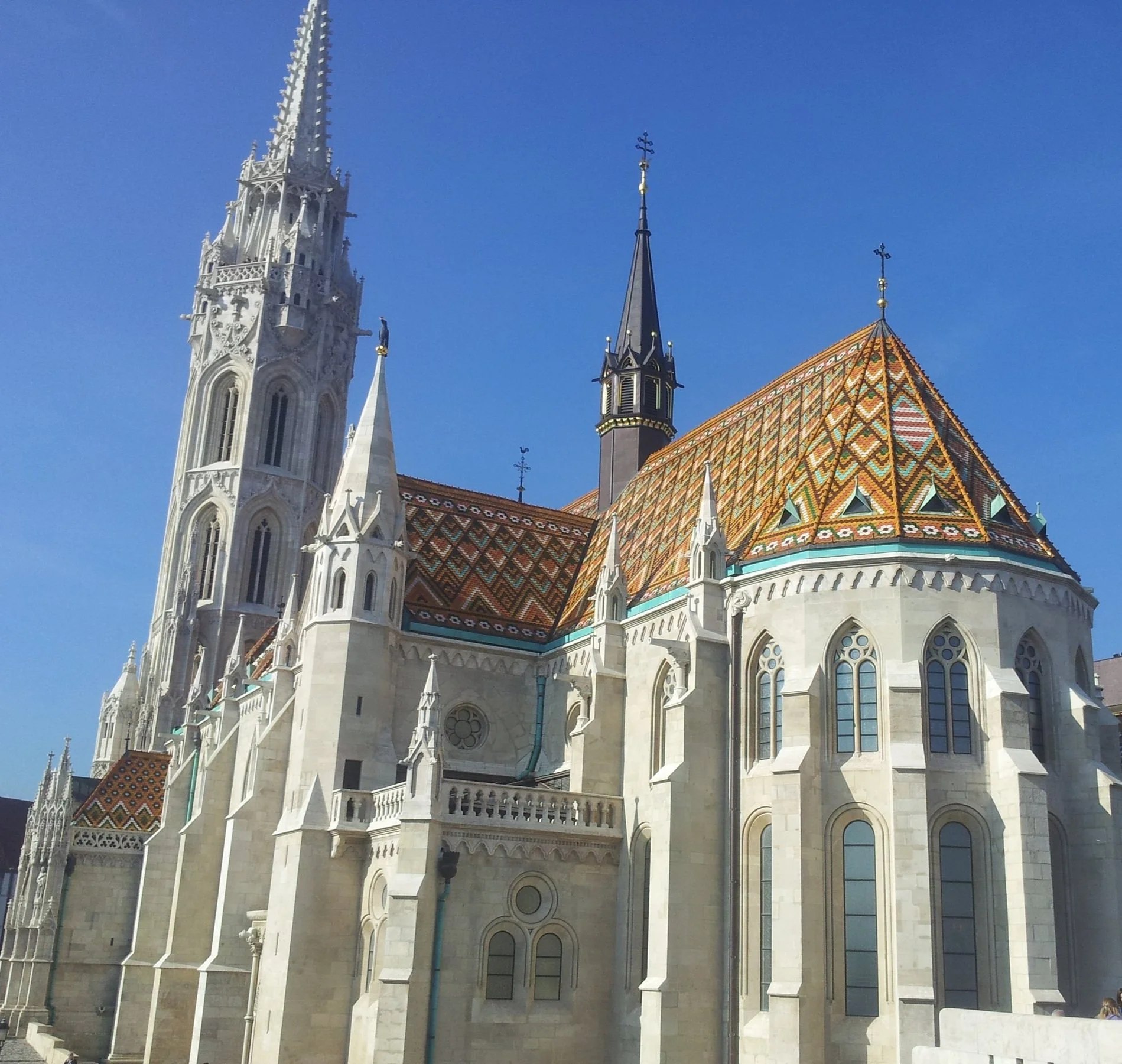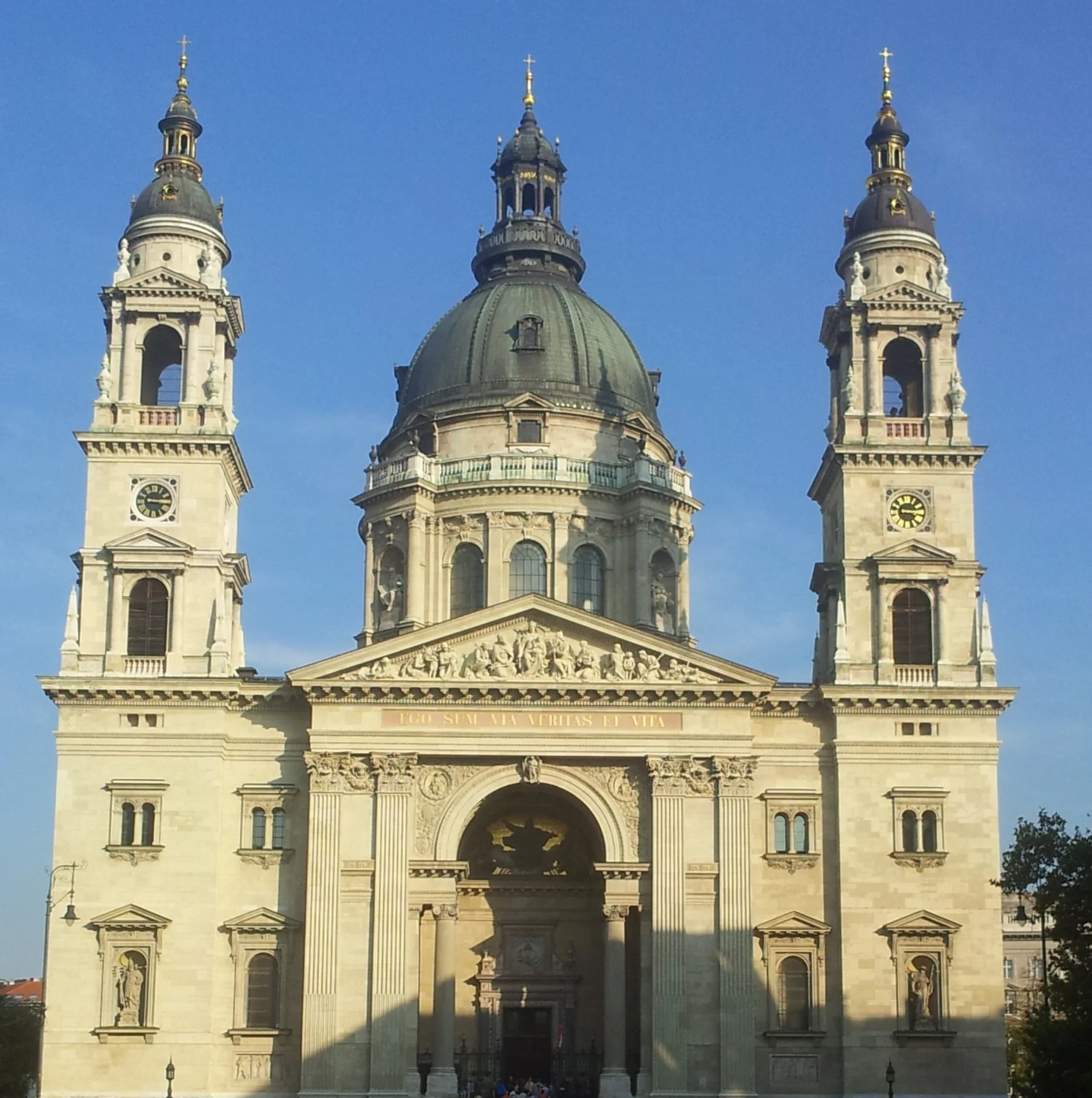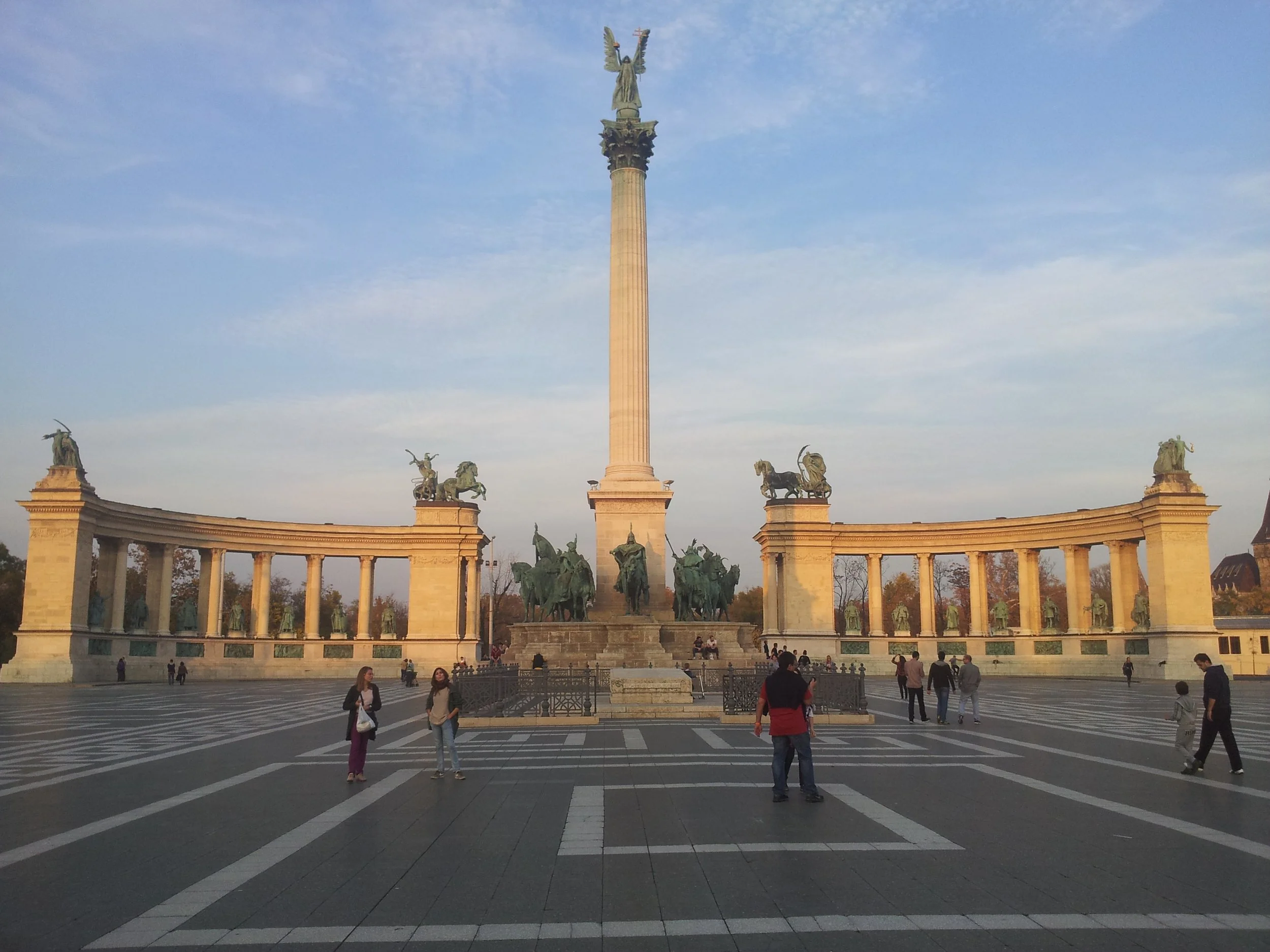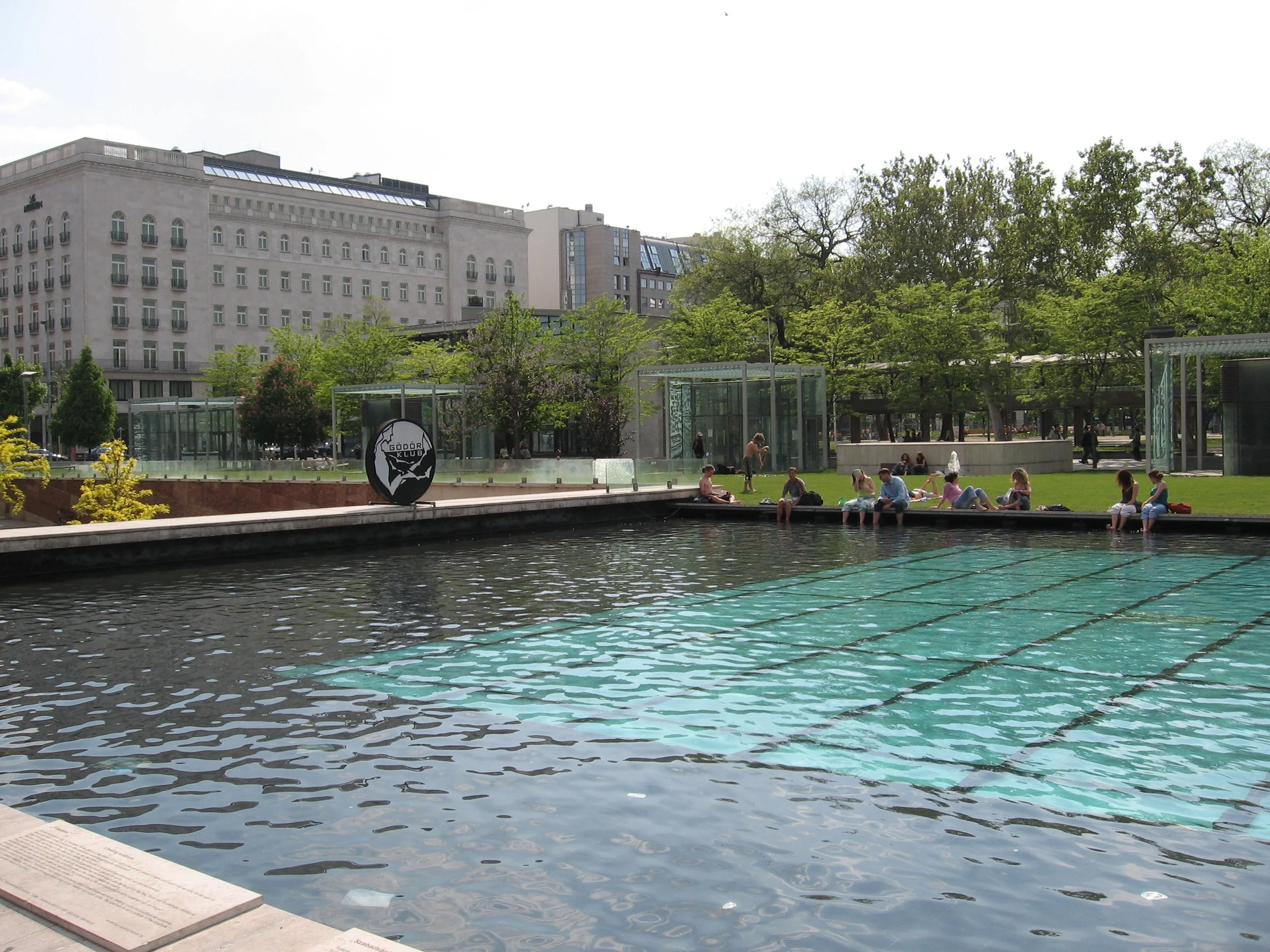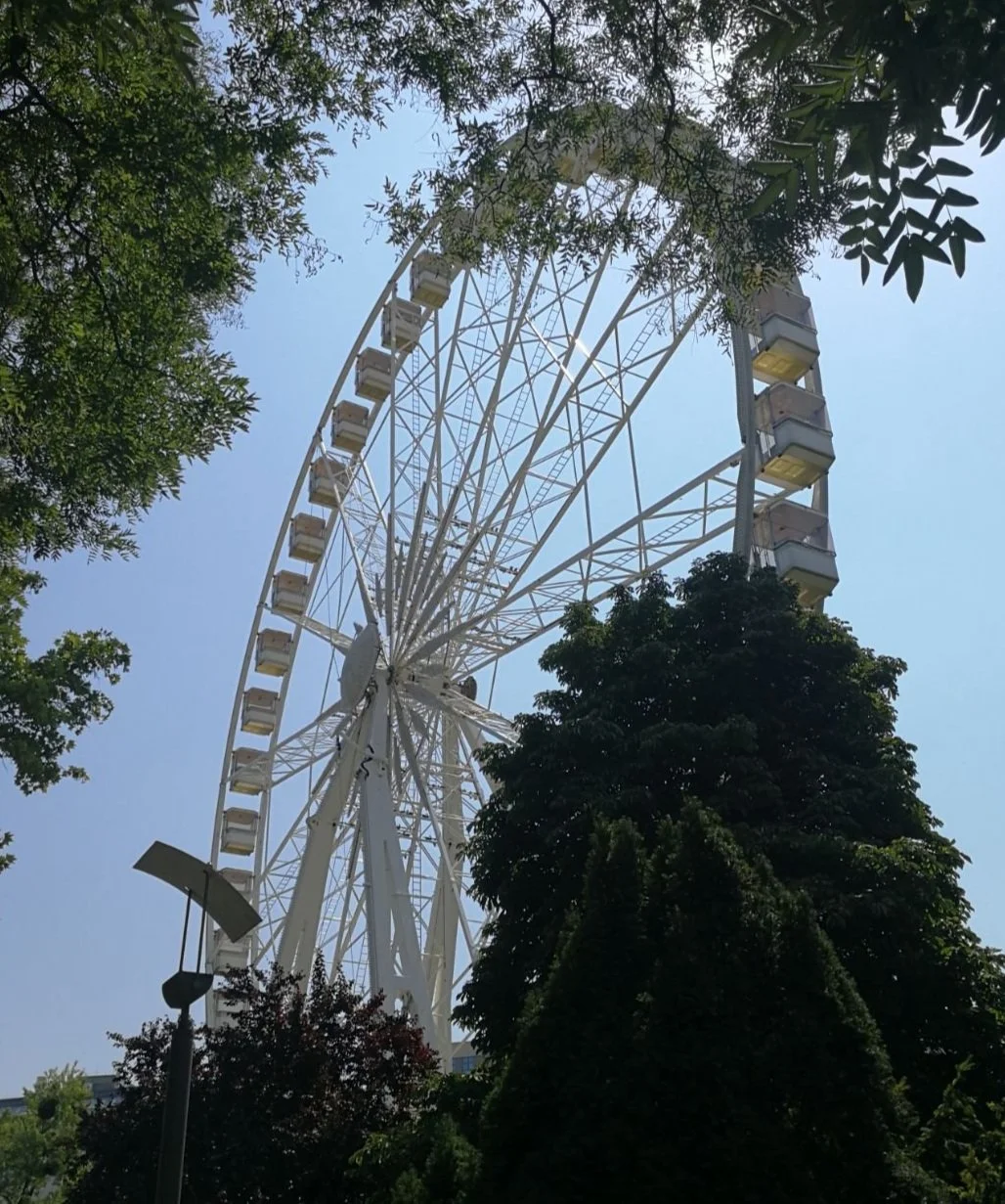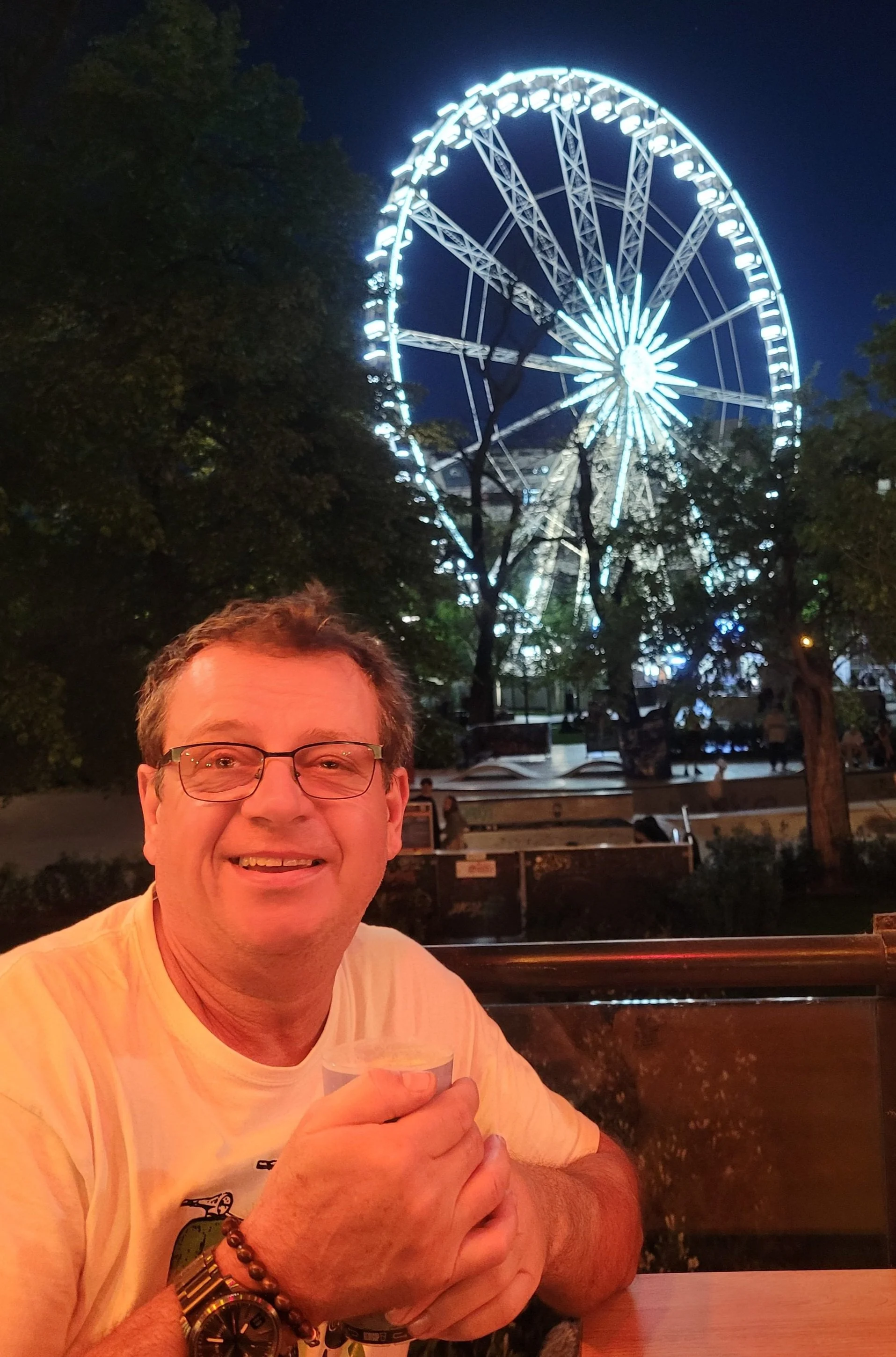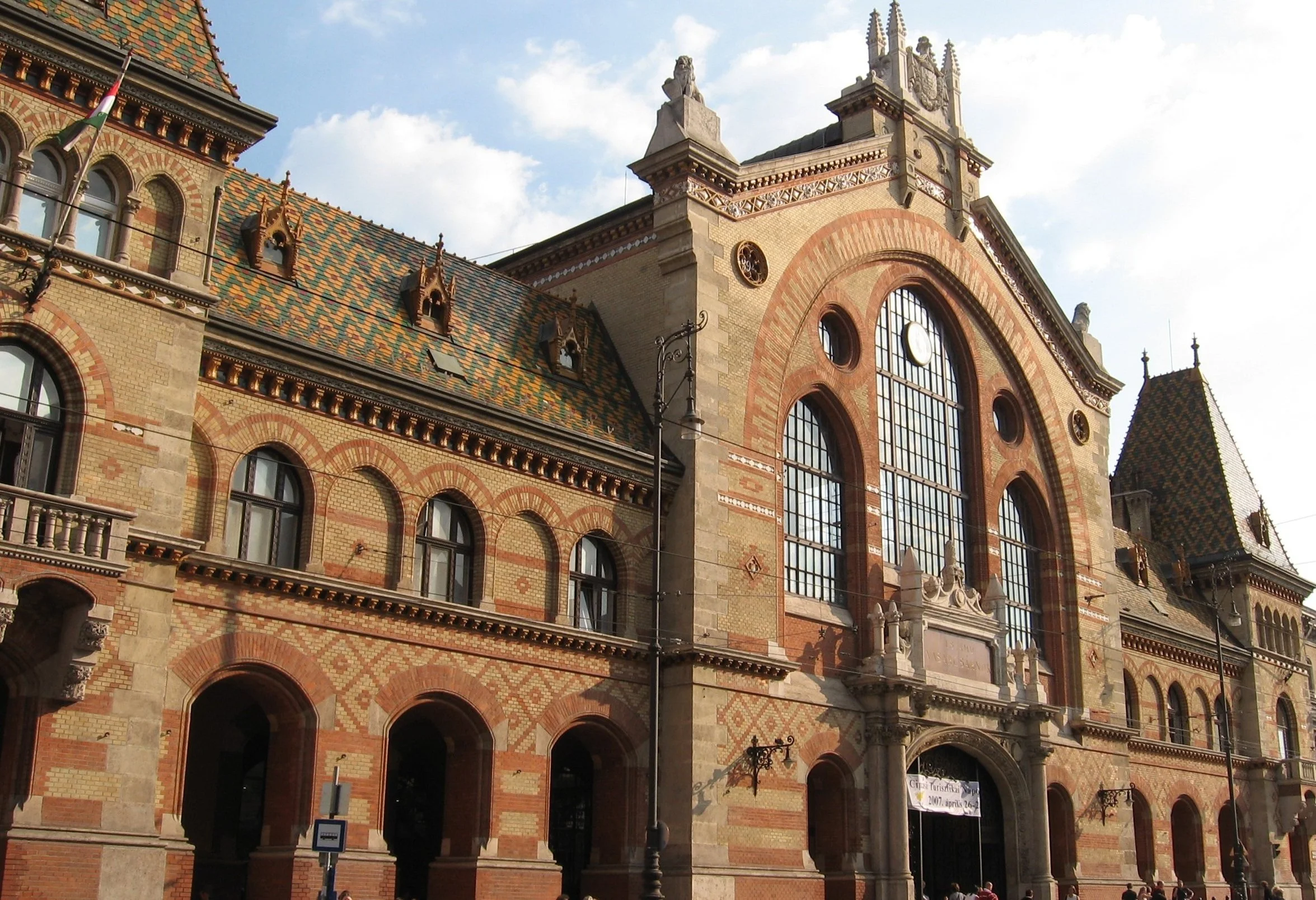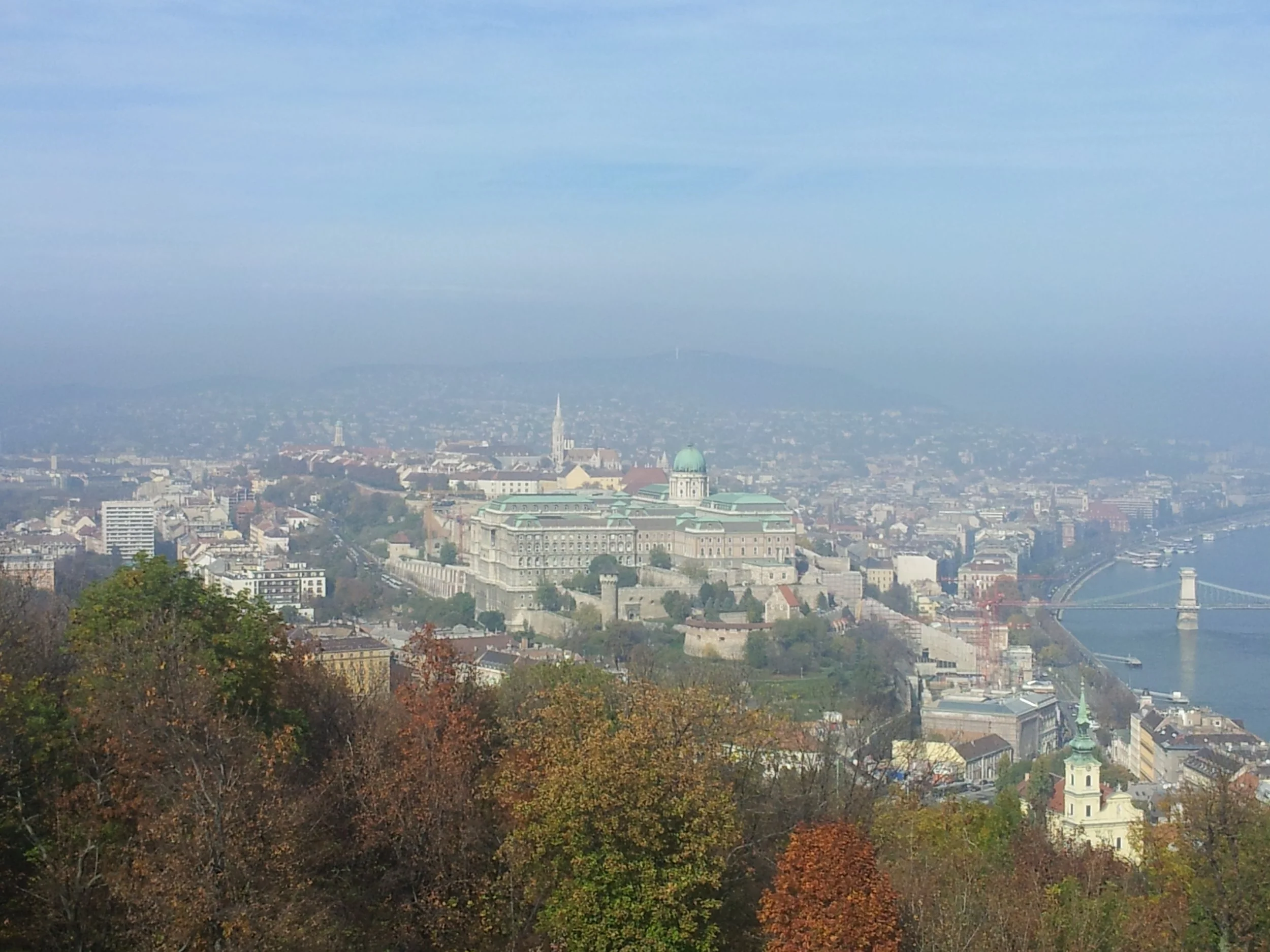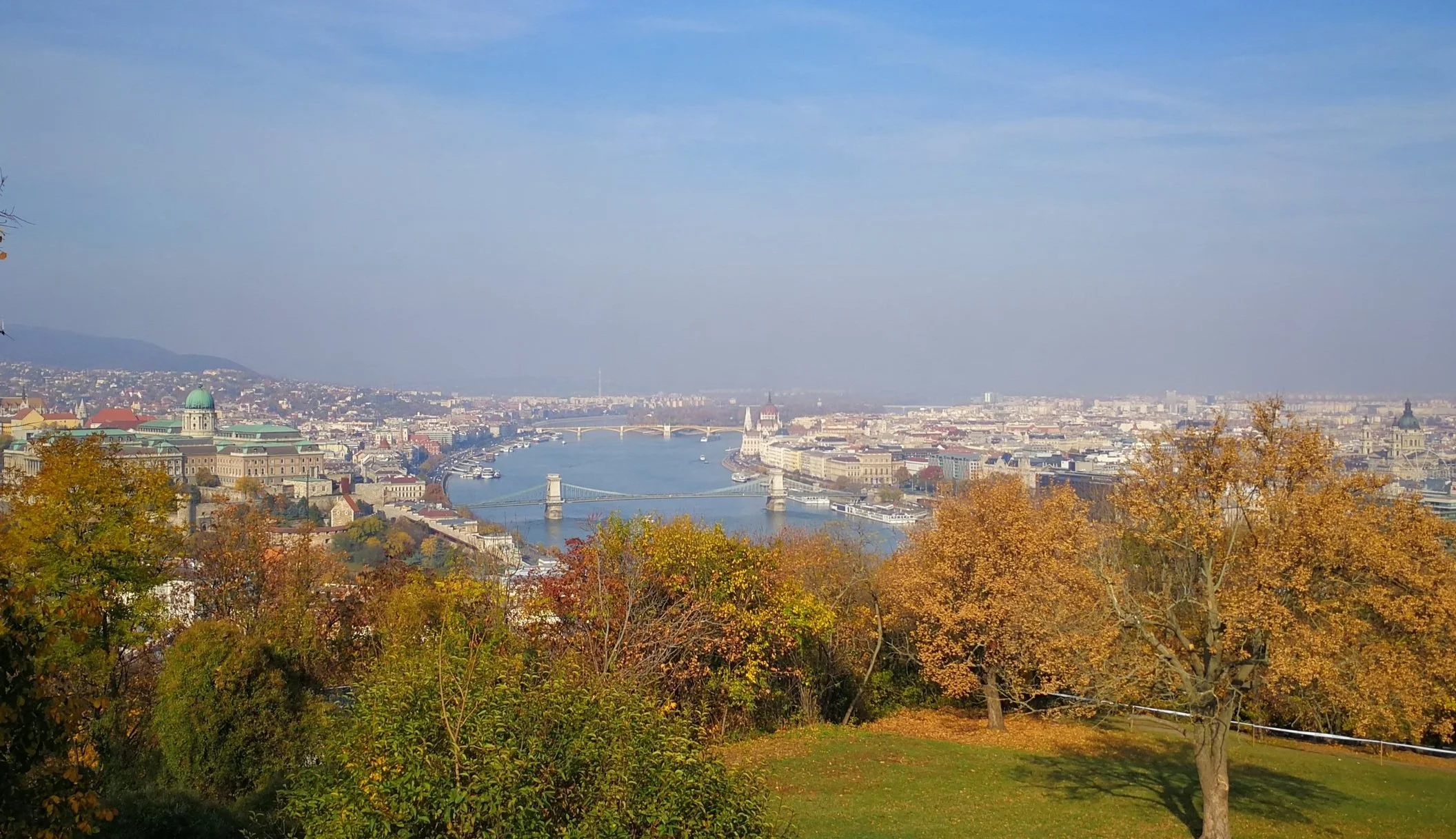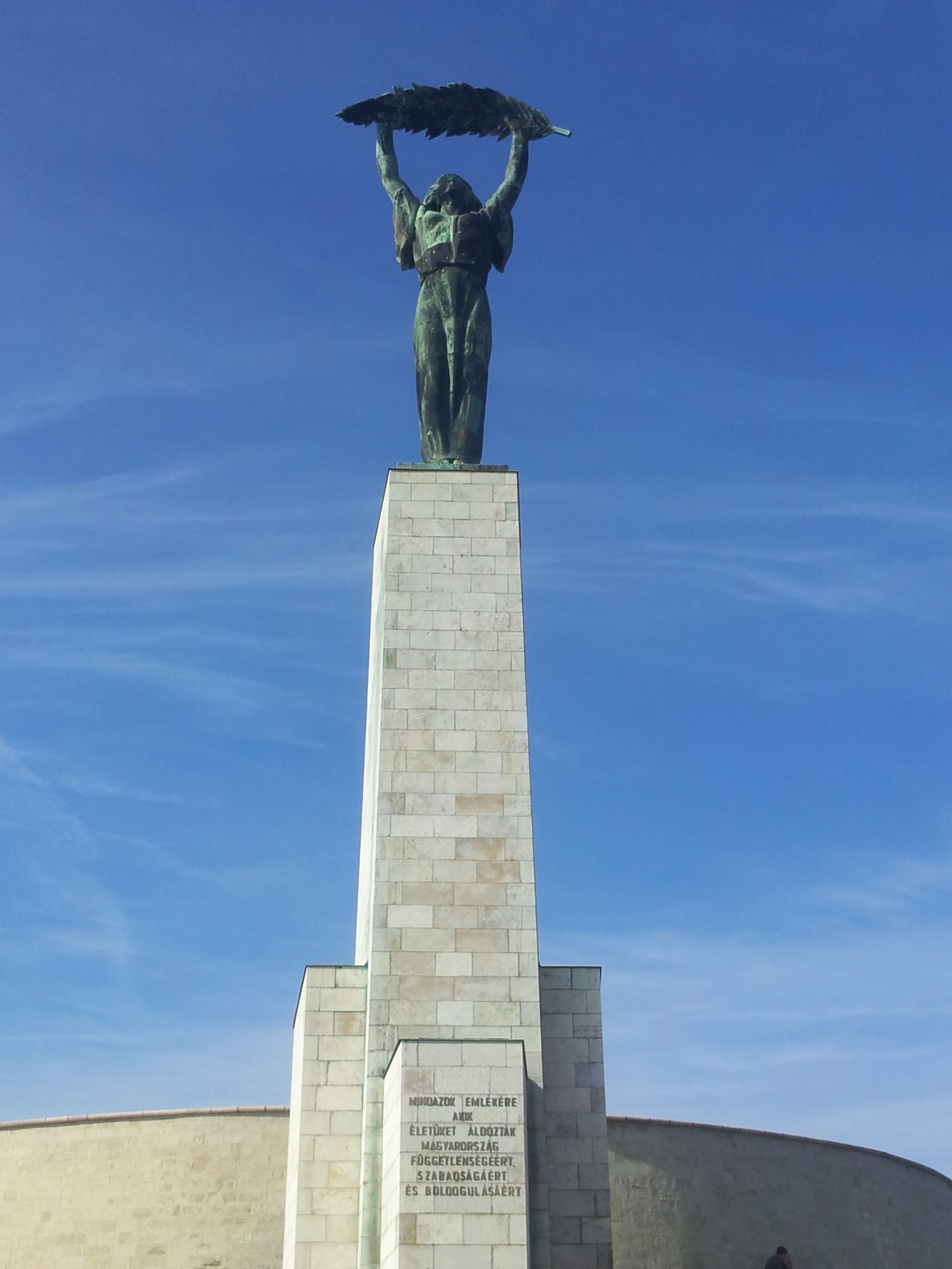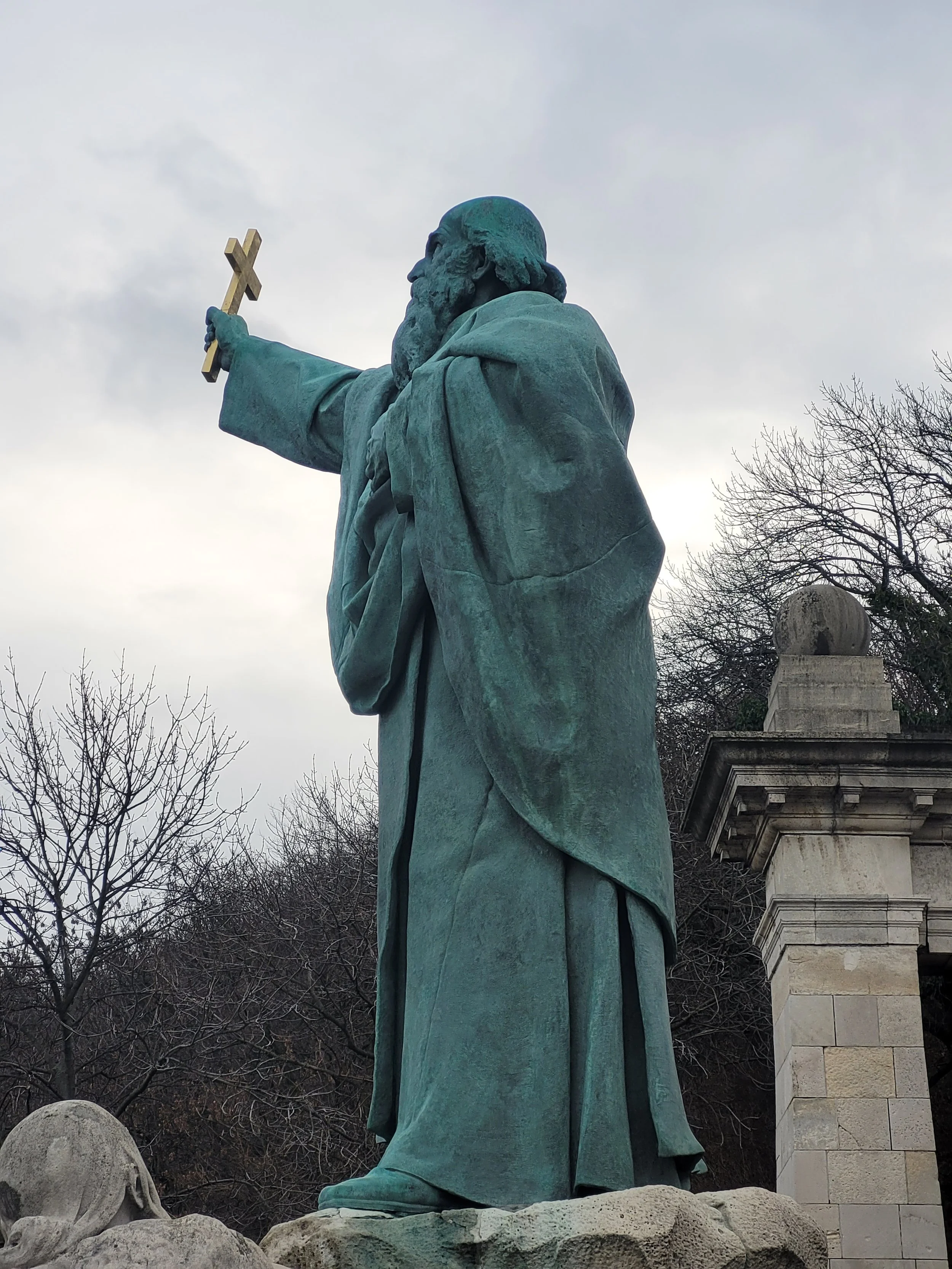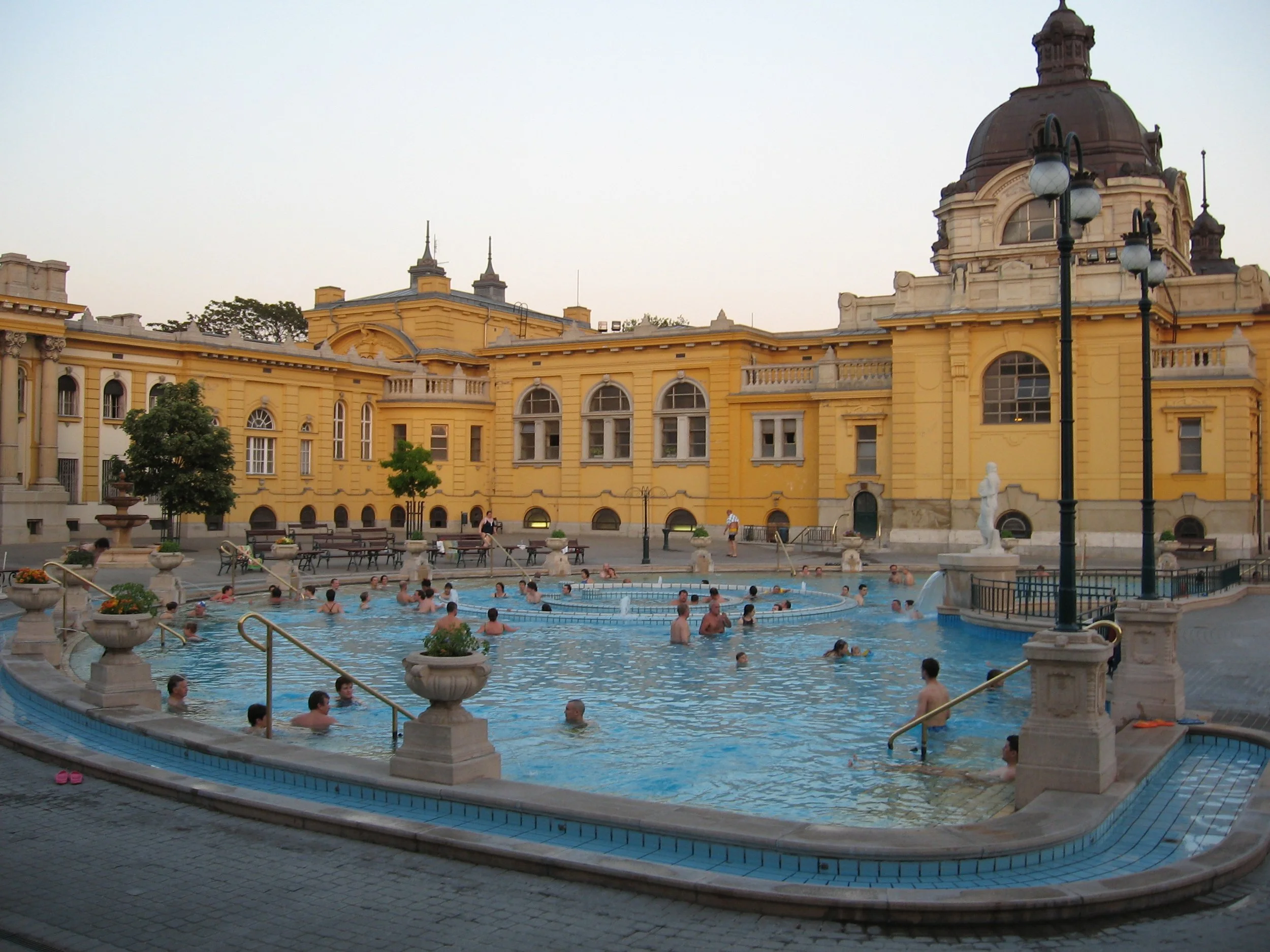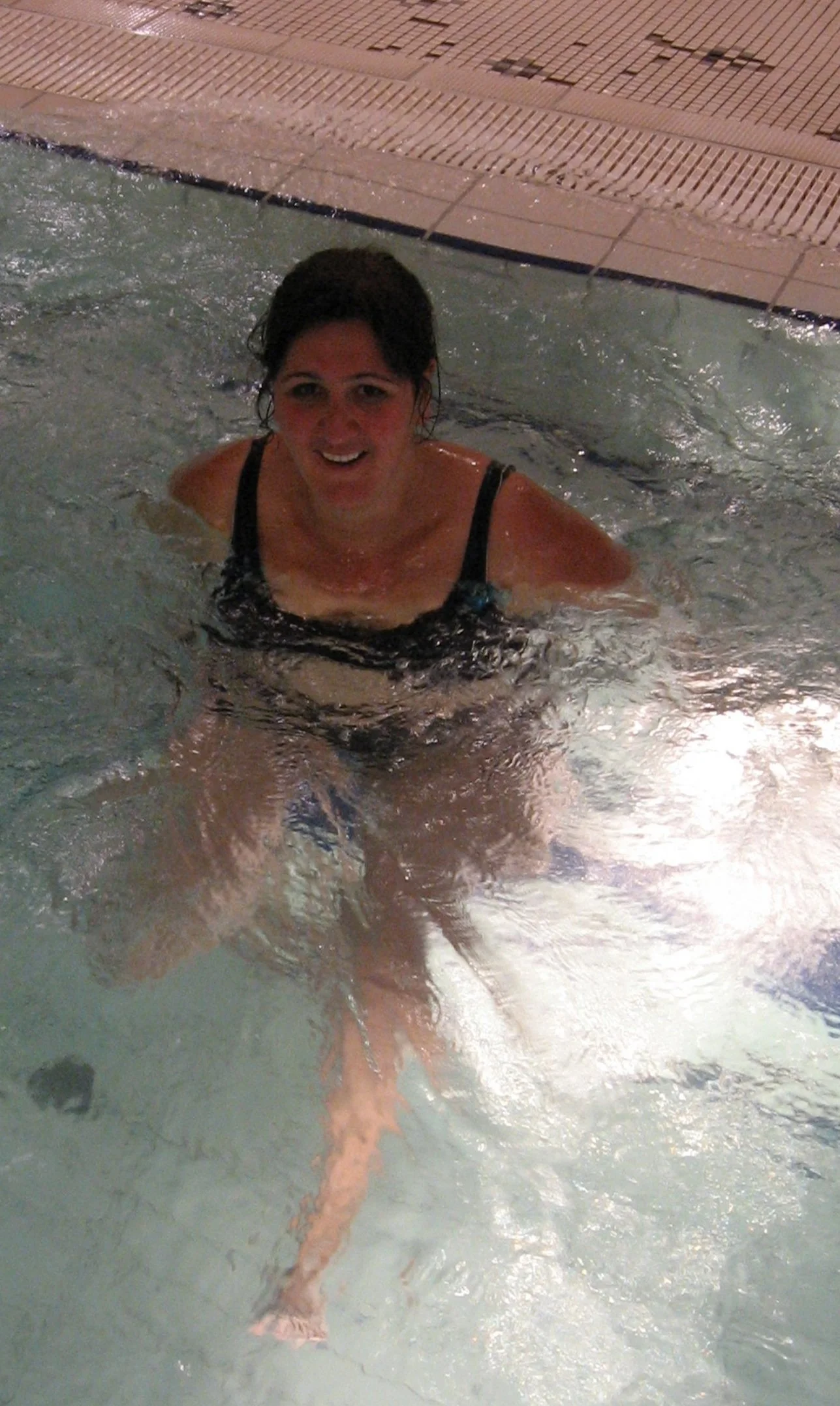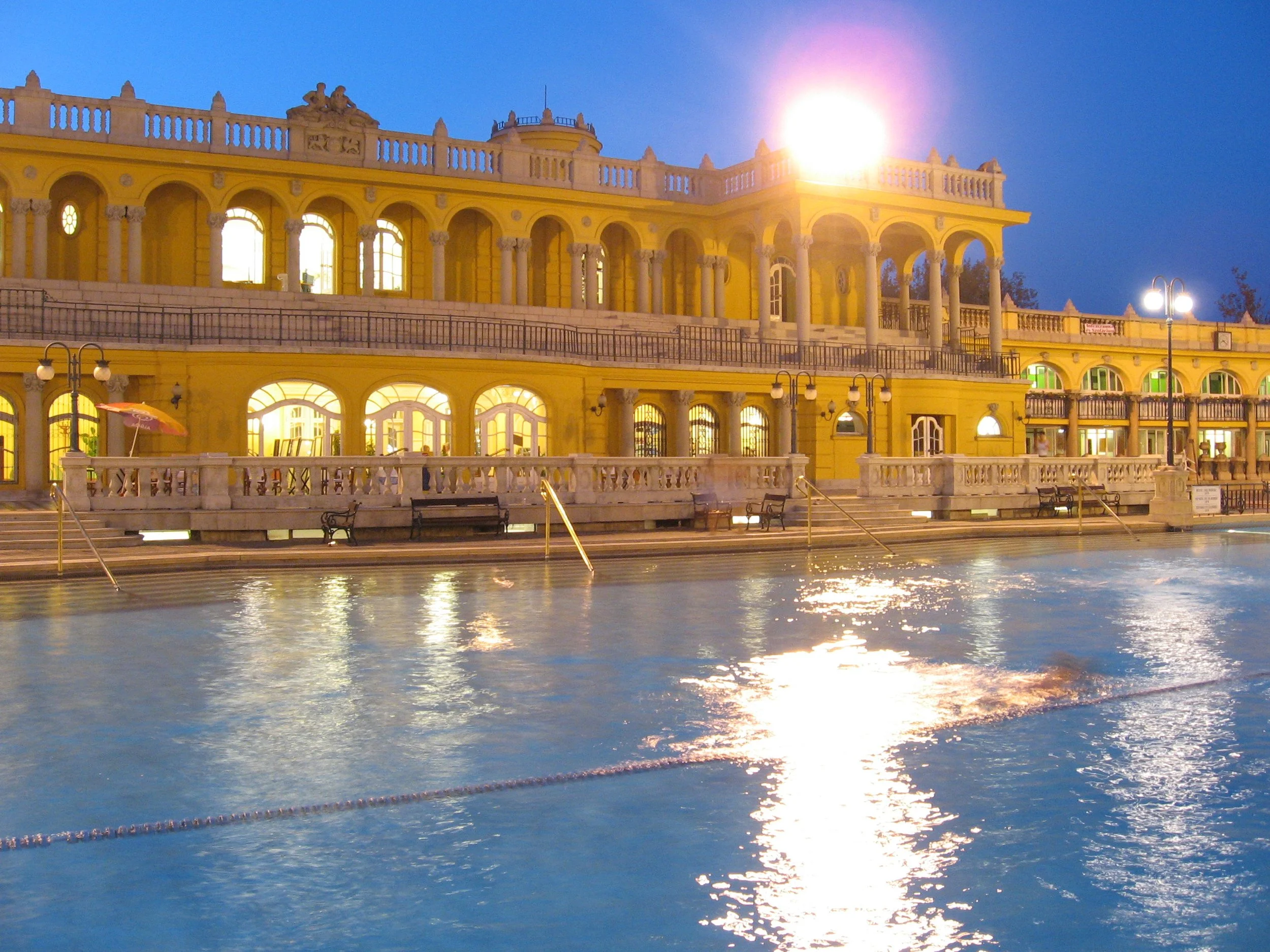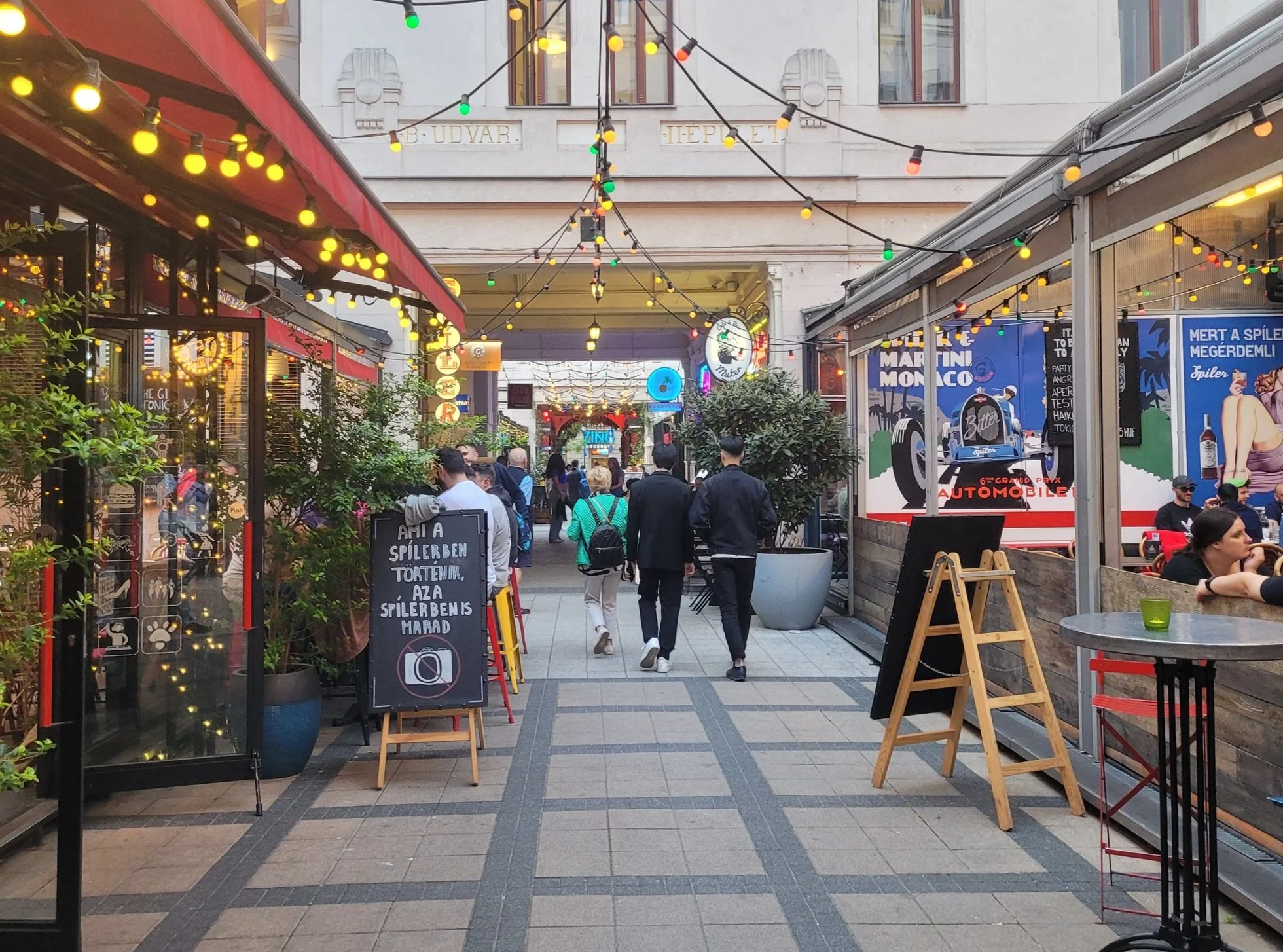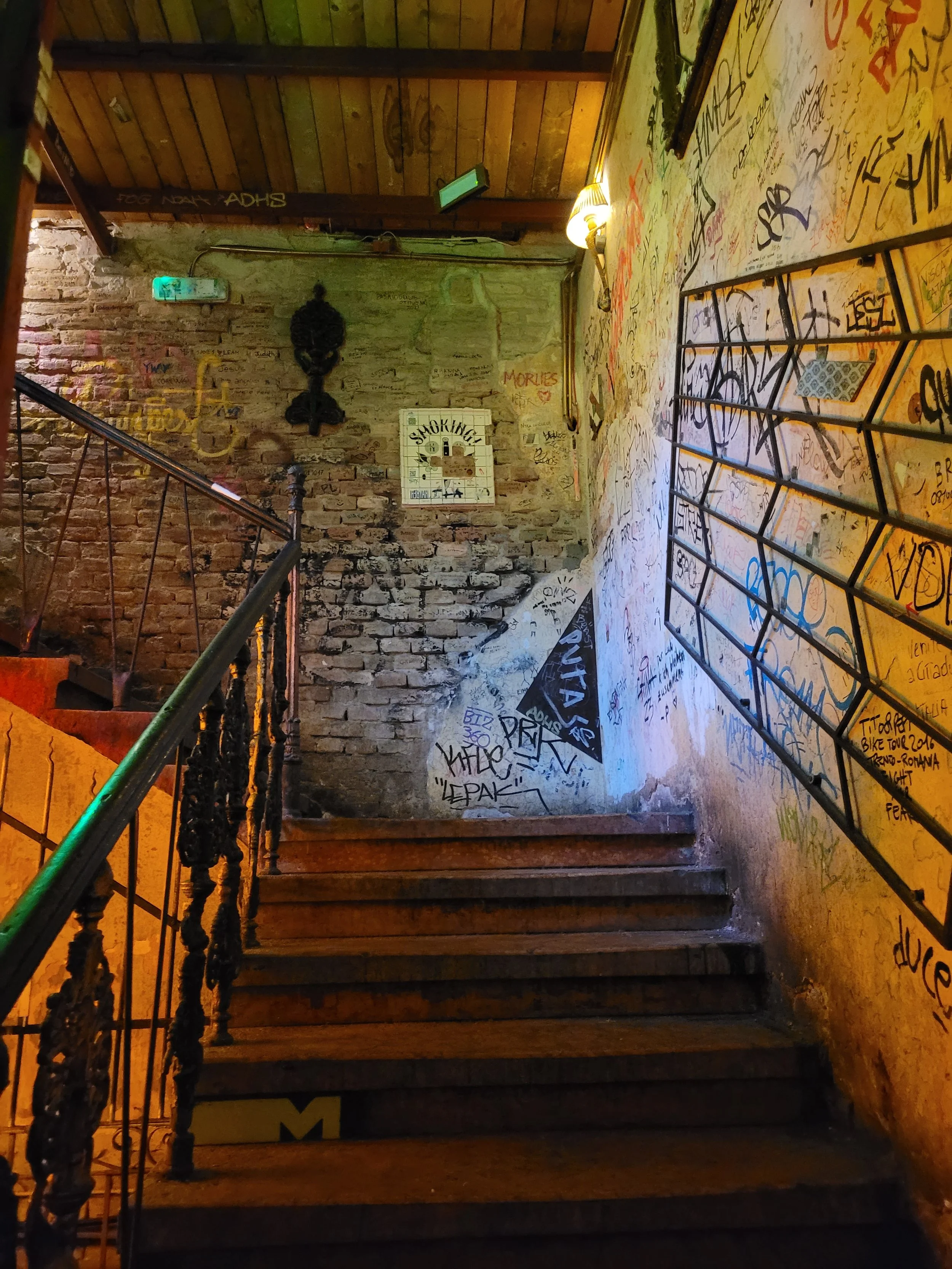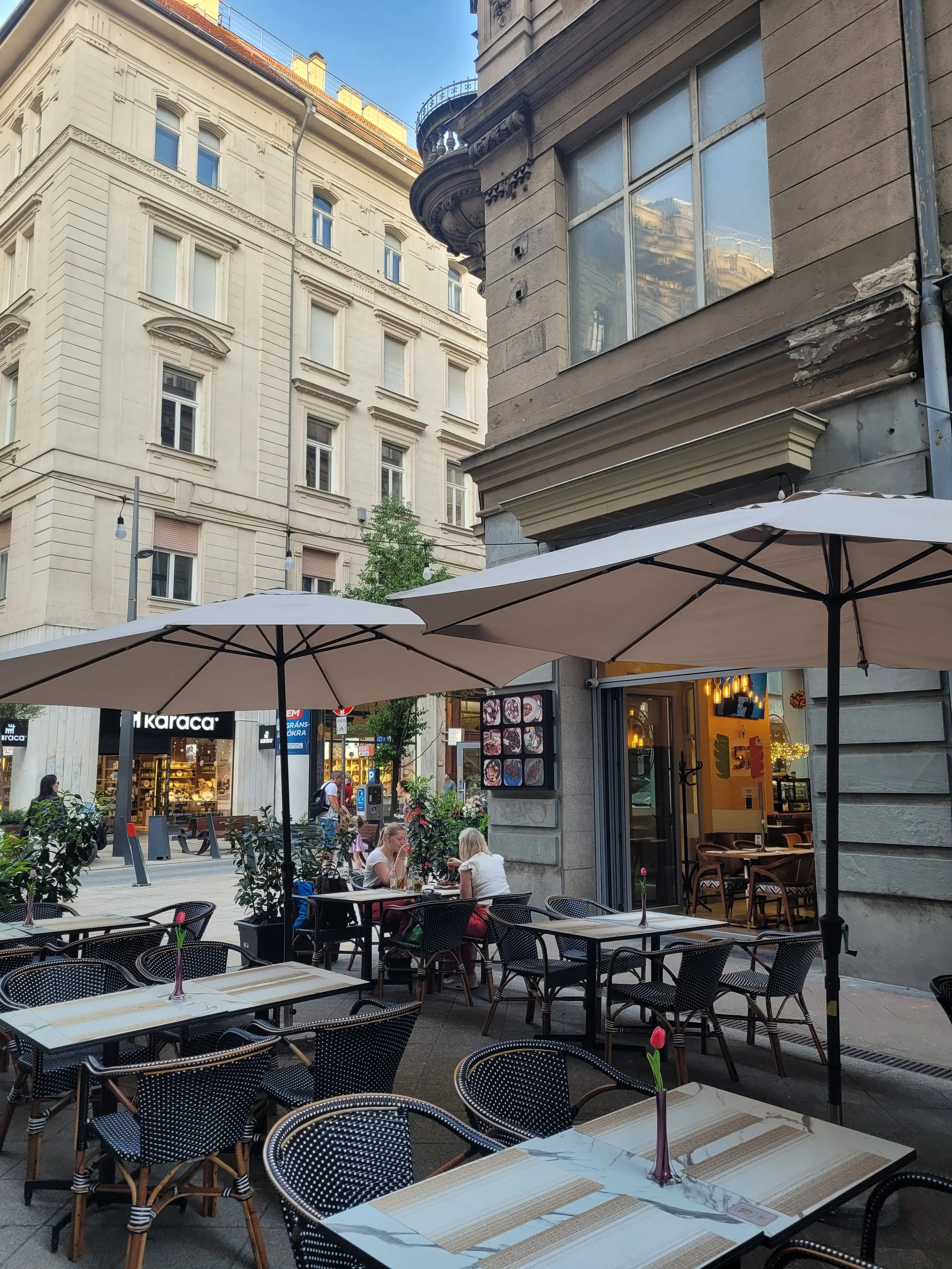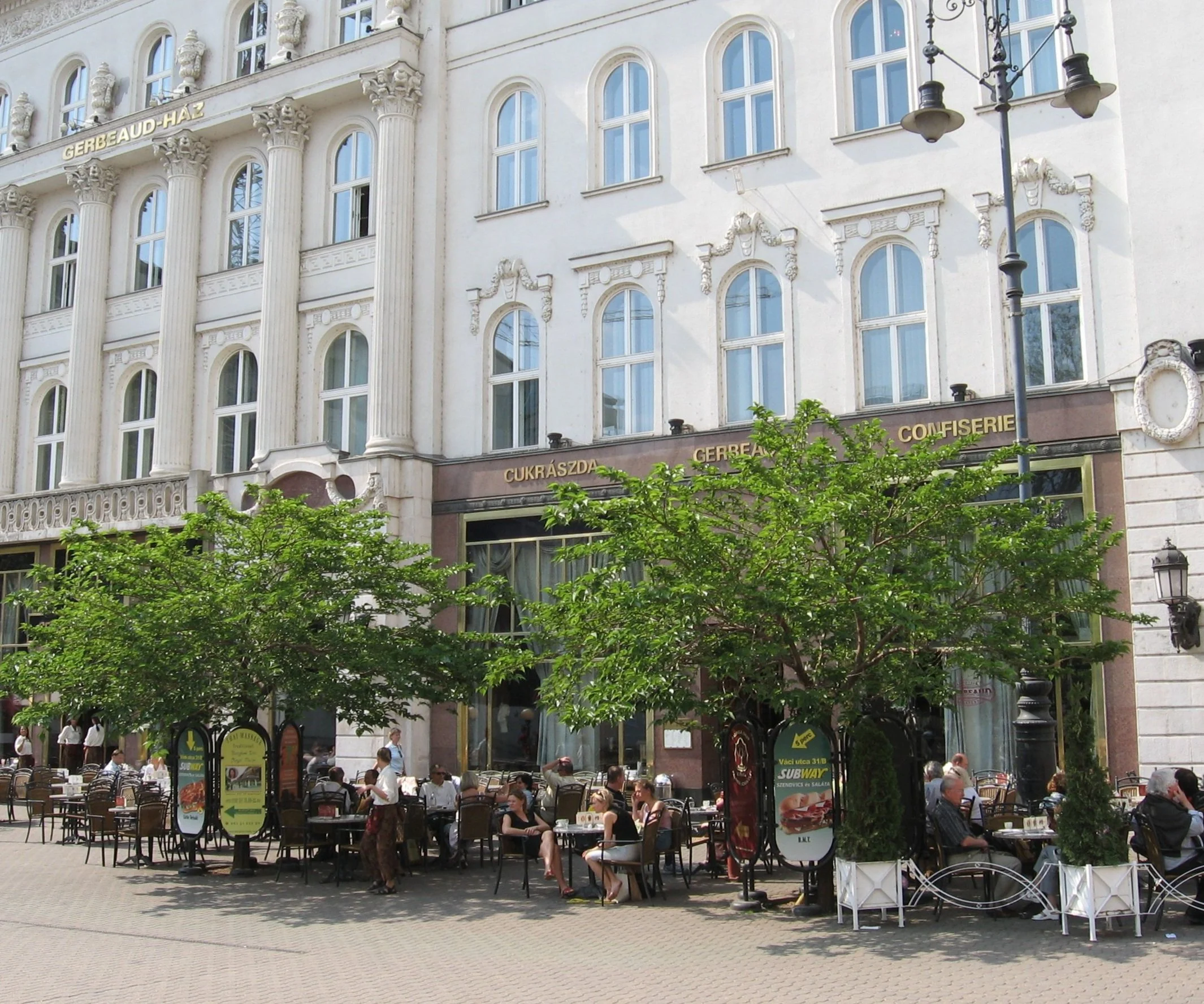15 Things You Should See and Do in Budapest
Budapest is a beautiful city with so much to offer its visitors. There's truly something for everyone: culture, history, cuisine, architecture, thermal baths, nightlife.
Here are 15 things I believe you absolutely should see in Budapest, especially if it's your first time and you only have a few days.
1. Buda Castle
Towering above the city on the hill of the same name, Buda Castle (Budavári Palota) offers a unique view over Budapest.
For centuries, it was the residence of Hungarian kings.
Originally built in the 13th century, the castle has been damaged, renovated, expanded, and rebuilt many times throughout its history.
Today, the vast complex houses several museums.
Peace and quiet are hard to find here – thousands of tourists move through the area daily.
But it's definitely a place you shouldn't miss.
2. Funicular to the Castle Hill
There are many ways to reach Castle Hill. Probably the most convenient is the public bus that winds up the narrow serpentine road. On foot is more strenuous but doable. From the Castle Garden, you can also take three elevators or a combination of an escalator and two elevators straight up to the castle.
The most stylish option, however, is the historic funicular (Budavári Sikló) from Clark Ádám Square. (unfortunately I don’t have a picture of it, but will take one on my next visit)
This is the second-oldest funicular in the world, originally operating since 1870. However, it was not running for many years, but has been back in service in its current form since 1986.
Tickets must be purchased separately – the funicular is not part of the city’s public transport network.
I haven’t used the funicular in a long time – the long wait times make the bus far more convenient. But every visitor should experience the ride at least once.
3. Fisherman’s Bastion
Once the site of the city's fish market, the Fisherman’s Bastion (Halászbástya) was completed in the early 20th century.
Its towers and arches look like something out of a fairytale.
The view over Pest and especially the Parliament is breathtaking.
The bastion used to be freely accessible late at night, though I can’t say for sure if that’s still the case.
4. Matthias Church
Just behind the Fisherman’s Bastion rises Matthias Church (Mátyás-templom).
In its current neo-Gothic form, it dates back to the late 19th century, although a church has stood on this spot for many centuries.
Its colorful tiled roof is especially striking.
In 1867, Emperor Franz Joseph I and the legendary Empress Elisabeth were crowned here as King and Queen of Hungary.
5. Parliament
The Parliament building (Országház), located right on the banks of the Danube, is impressive mainly due to its sheer size.
Built in a neo-Gothic style, it can be visited as part of a guided tour.
Tickets should be reserved well in advance.
6. St. Stephen`s Basilika
St. Stephen’s Basilica (Szent István-bazilika) is the largest church in Budapest and located on the Pest side of the city.
It was consecrated in the early 20th century. Its most important relic is the mummified right hand of Saint Stephen, the first King of Hungary.
The interior is richly decorated. You can also climb the dome for a magnificent panoramic view over the city.
7. Andrássy út and State Opera
This grand boulevard connects the central Deák Ferenc Square with Heroes’ Square and is lined with magnificent buildings, mostly from the 19th and early 20th centuries.
It was originally built to create a connection between the city center and City Park for the 1886 Millennium celebrations.
The lower section between Deák Ferenc tér and Oktogon features tall residential buildings with ornate facades. Today, you’ll find elegant boutiques and cafés here.
Also located here is the Hungarian State Opera (Magyar Állami Operaház), which opened in 1884.
The upper section between Oktogon and Heroes’ Square features villas with front gardens and houses many embassies today.
8. Heroes’ Square
Heroes’ Square (Hősök tere) is a monumental plaza that honors the heroes of Hungarian history.
Its centerpiece is the Millennium Monument, built to commemorate the 1000th anniversary of the founding of Hungary.
A tall column topped by the Archangel Gabriel is surrounded at the base by statues of the seven chieftains who founded Hungary in the 9th century.
Flanking the monument are statues of important figures from Hungarian history.
9. Deák Ferenc tér and Erzsébet tér
Deák Ferenc Square and the adjoining Erzsébet Square in the heart of Pest have changed a lot since my first visit.
Deák Square used to be a rather bleak transport hub. Since then, the area has been revitalized with green spaces and fountains.
It remains the city’s major transit interchange, where three of the four metro lines intersect. Together with Erzsébet Square, it’s now a popular meeting spot.
The Ferris wheel offers wonderful views of the surrounding area. In summer, concerts are held here; in winter, a Christmas market. The many surrounding bars play a significant role in Budapest’s nightlife.
10. Metro Line 1
Line 1, also known as the Földalatti, is the oldest subway line on the European mainland and the second oldest in the world after London.
It connects Deák Ferenc Square with City Park and runs almost entirely under Andrássy Avenue. It was inaugurated by Emperor Franz Joseph I in 1896 for the Millennium celebrations.
Aside from some renovations, the stations have largely been preserved in their original condition.
Today’s trains are styled retro but meet the latest safety and technical standards.
11. Great Market Hall (Nagyvásárcsarnok)
This is the largest and oldest market hall in the city – and absolutely worth seeing from an architectural point of view.
You’ll find food, snack stands, Hungarian specialties, handicrafts, and plenty of souvenirs.
Today, the market is mainly visited by tourists, and the selection is largely geared toward them.
Still, it’s a must-see – though shopping is cheaper elsewhere.
12. Gellért Hill and Liberty Statue
Gellért Hill (Gellért-hegy) is perfect for long walks.
From the top, you get an impressive 360-degree panoramic view of the entire city.
The Liberty Statue (Szabadság-szobor), erected in 1947, stands proudly at the summit and is visible from afar. The large playground with long slides is a paradise for children.
Also on the hill is the unique Rock Church (Sziklatemplom) from the 1920s.
At the base of the hill lies the historic Hotel Gellért, famous for its thermal bath – one of the most beautiful in the city. The interior is decorated with mosaics, and the swimming hall is especially popular.
13. Széchenyi Thermal Bath
Located in City Park, the Széchenyi Bath (Széchenyi Gyógyfürdő) is the largest and most famous thermal bath in Budapest.
Built with elements of Art Nouveau and Baroque, it opened in 1913.
There are numerous indoor and outdoor pools, the most famous being the hot pool in the courtyard, known for its floating chessboards.
Many smaller, lesser-known baths offer equally interesting and relaxing experiences. Some of them include the Lukács, Dandár, Döbrentei, and Király Baths. These are mostly frequented by locals and offer a more authentic experience.
14. Jewish Quarter and Great Synagogue
Today, the Jewish Quarter is one of the liveliest nightlife districts in Budapest.
There's always something going on – and it often gets quite loud in the evenings. In summer, thousands flock to the beer gardens of the bars and restaurants. The atmosphere is vibrant.
There are also many alternative cafés and bars.
One of the most popular is Szimpla Kert – probably the most famous of all the ruin bars. It's long since stopped being a hidden gem.
Prices are above average, and without a reservation, it’s hard to find a spot in the evening.
Szimpla is popular with both locals and tourists, giving it a distinctly international vibe. You really should see it at least once.
On Sundays, a farmers' market is held at Szimpla – a great opportunity to experience the venue in a different light, away from the nighttime hustle and bustle.
The Great Synagogue (Dohány utcai zsinagóga), dating from the 19th century, is also well worth a visit. It now houses the Jewish Museum inside.
15. Váci utca
Váci Street is the most famous shopping street in Budapest.
It runs from Vörösmarty Square to Fővám Square and is divided into two sections.
The more well-known section stretches from Vörösmarty tér to Szabad sajtó út, where you'll find many international retail chains.
Numerous cafés and restaurants invite you to take a break while shopping. This area is very touristy, and the prices are noticeably higher than elsewhere in the city.
The most famous café is "Gerbeaud" on Vörösmarty Square, which has existed here since 1858.
The section from Szabad sajtó utca to Fővám tér is less well-known but, in my opinion, much more charming.
Here, you’ll mostly find souvenir shops, restaurants, and cafés. It’s more relaxed and less crowded.
